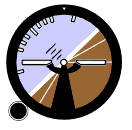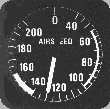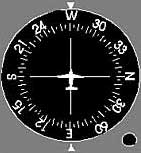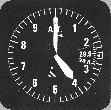Is General Aviation Safe?
MPR's Midmorning
July 21, 1999
WITH THE DISCOVERY of the wreck of John Kennedy's plane in the waters off Martha's Vineyard, investigators stand a better chance of figuring out what went wrong Friday night when Kennedy was just 30 miles from his destination.
In fact, dozens of things could have gone wrong on that flight, or on any flight of a small plane. It's the primary job of a pilot to anticipate what things could go wrong and to take steps to prevent them from happening or to minimize their impact. And, despite what you might think or might have heard since the crash last weekend, accidents in small planes - known as "general
aviation," as compared to big commercial planes - accidents in these planes
have been decreasing, even as the number of pilots and hours flown has
increased markedly.
In this hour of Midmorning, we're talking small plane safety with one of the experts in the field, He's Ken Ibold, the editor of Aviation Safety, a monthly newsletter.
For More Information Aircraft Owners and Pilots Association.
Aviation Safety Data(FAA)
MPR's Midmorning
July 21, 1999
|
|
RealAudio 3.0 |
WITH THE DISCOVERY of the wreck of John Kennedy's plane in the waters off Martha's Vineyard, investigators stand a better chance of figuring out what went wrong Friday night when Kennedy was just 30 miles from his destination.
|
|
|
||||||||||||
| |||||||||||||
|
|
|||||||||||||
In this hour of Midmorning, we're talking small plane safety with one of the experts in the field, He's Ken Ibold, the editor of Aviation Safety, a monthly newsletter.
John Rabe
For More Information Aircraft Owners and Pilots Association.
Aviation Safety Data(FAA)






